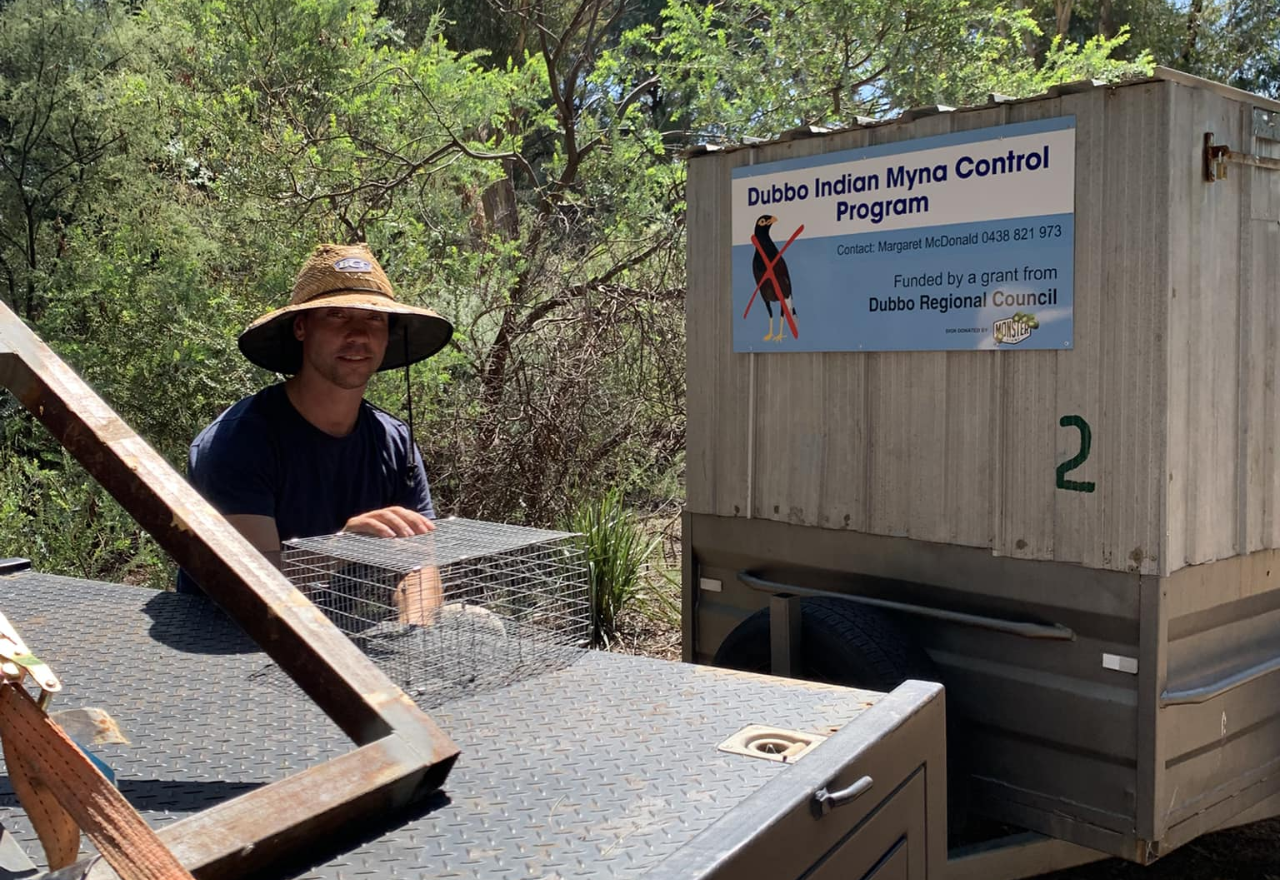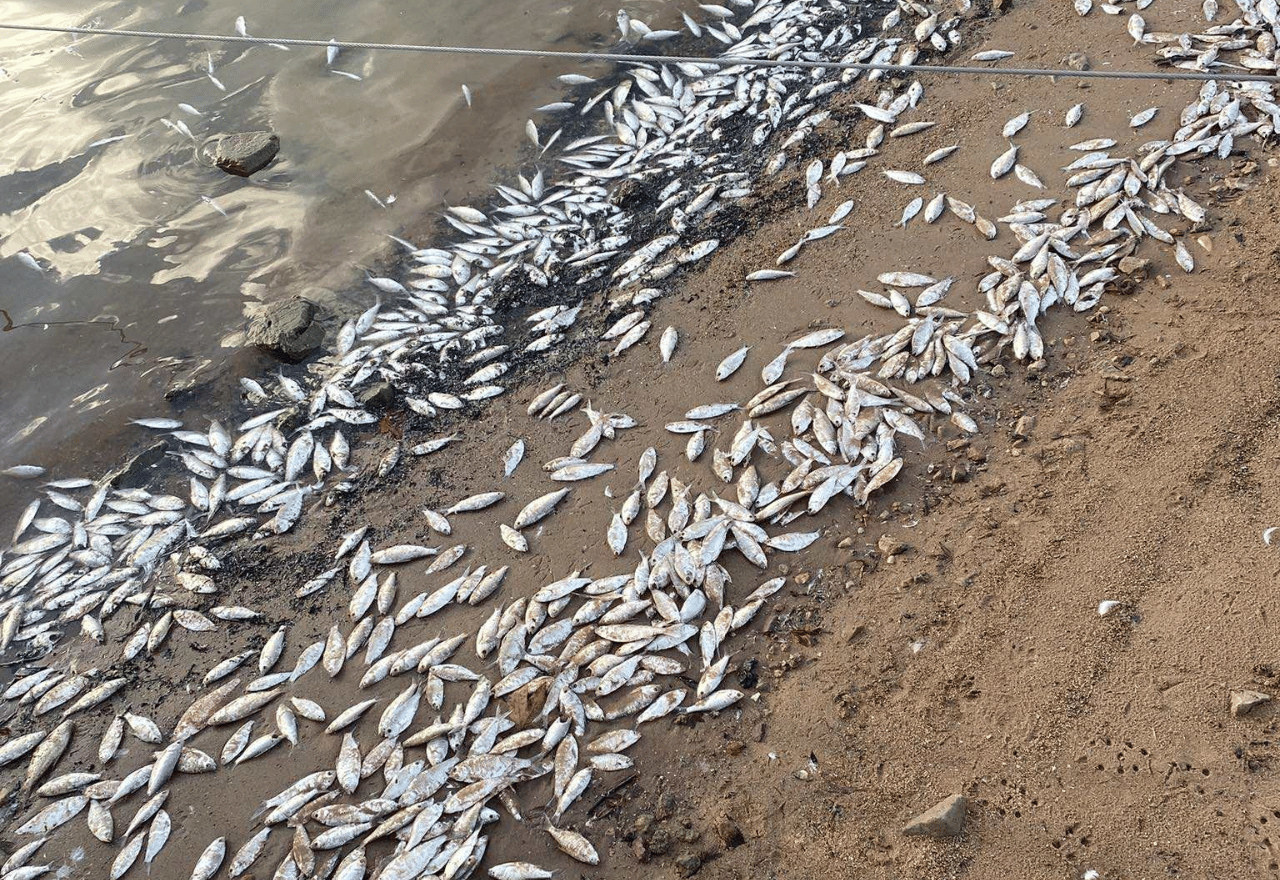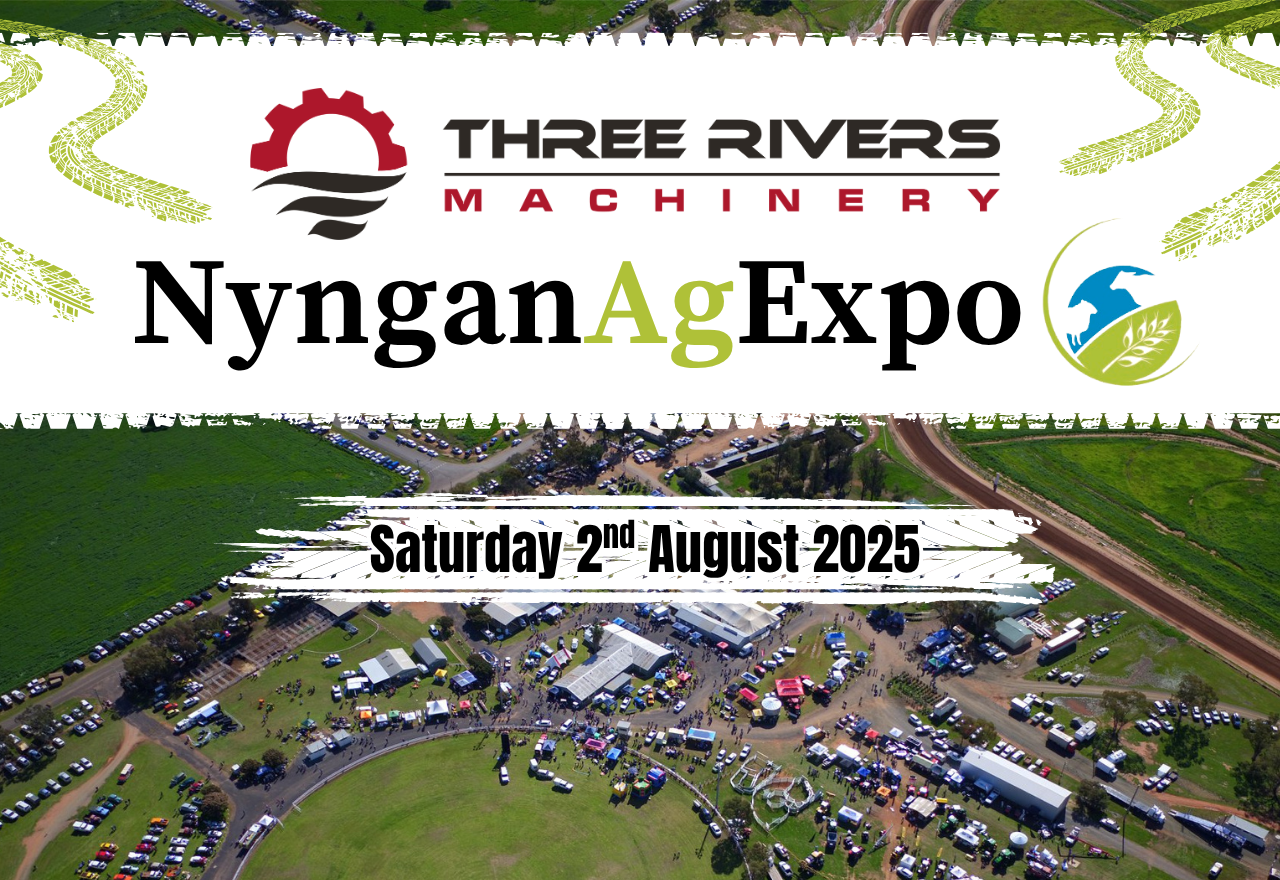Frogs jumping for joy in the Macquarie Marshes
Kristin Murdock
26 July 2025, 7:40 AM
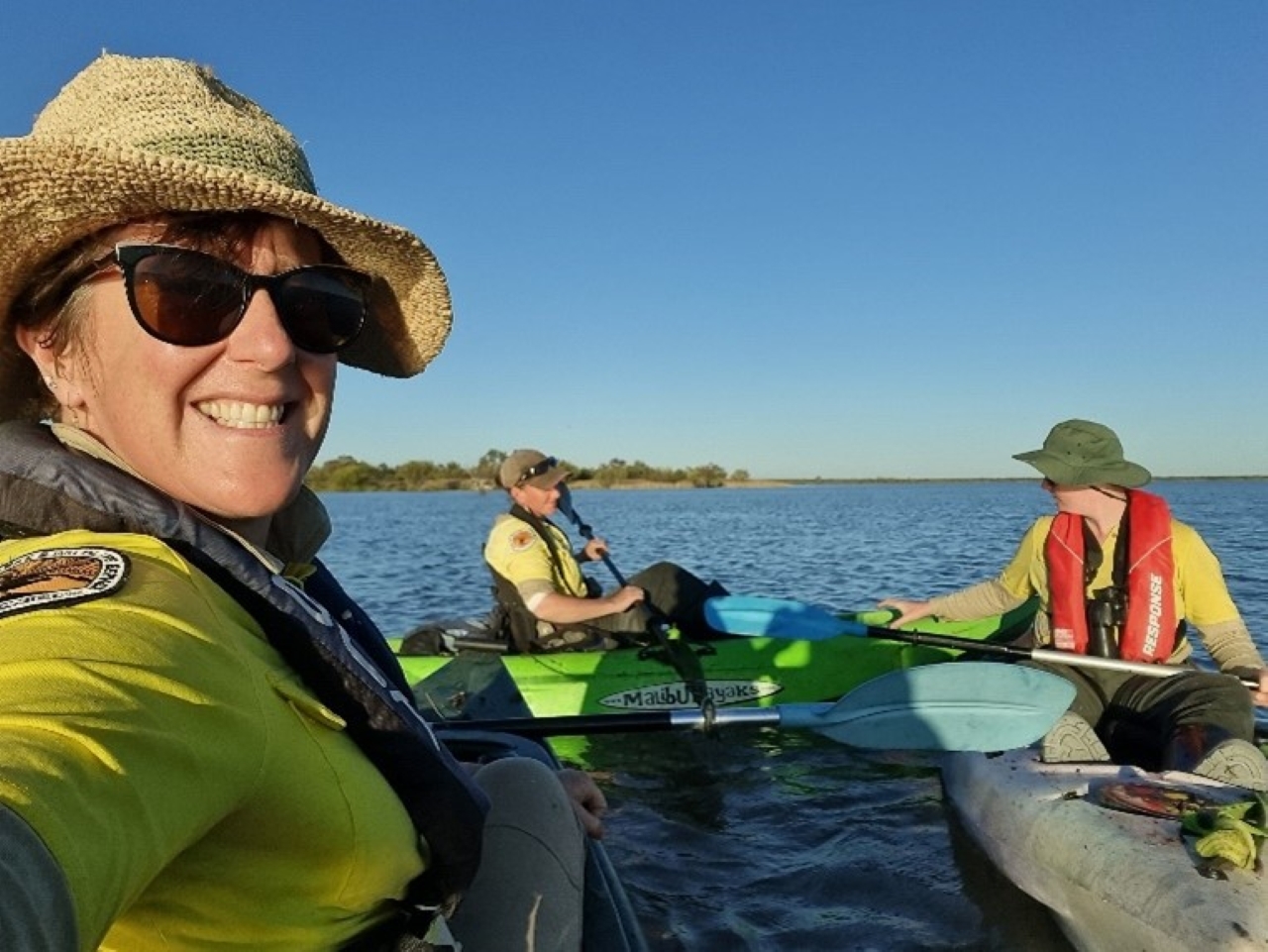
During spring and summer 2024/25 approximately 130 gigalitres of Commonwealth environmental water was delivered to the northern Macquarie Marshes.
Managed in partnership with the NSW Department of Planning and Environment, the flows were designed to support wetland vegetation and provide crucial habitat for frogs, waterbirds, fish, and other wildlife.
This watering is part of ongoing efforts to simulate natural wetting and drying cycles across the Murray–Darling Basin.
About 18.5 per cent of the Macquarie Marshes (~37,000 ha) was inundated.
This water supports reedbeds, couch grass, and river red gums.
These are key habitats for frogs, waterbirds, and native fish like Murray cod.
“The water release aims to mimic a natural flow regime,” ecologist Bill Johnson said.
Mr Johnson, who has over 30 years’ experience in and around the Marshes said frogs are often among the first animals to respond when flows reach the Marshes.
“You’ll get a burst of frog activity – they’re breeding and calling and moving around,” he said.
“It’s a great sign things are happening.”
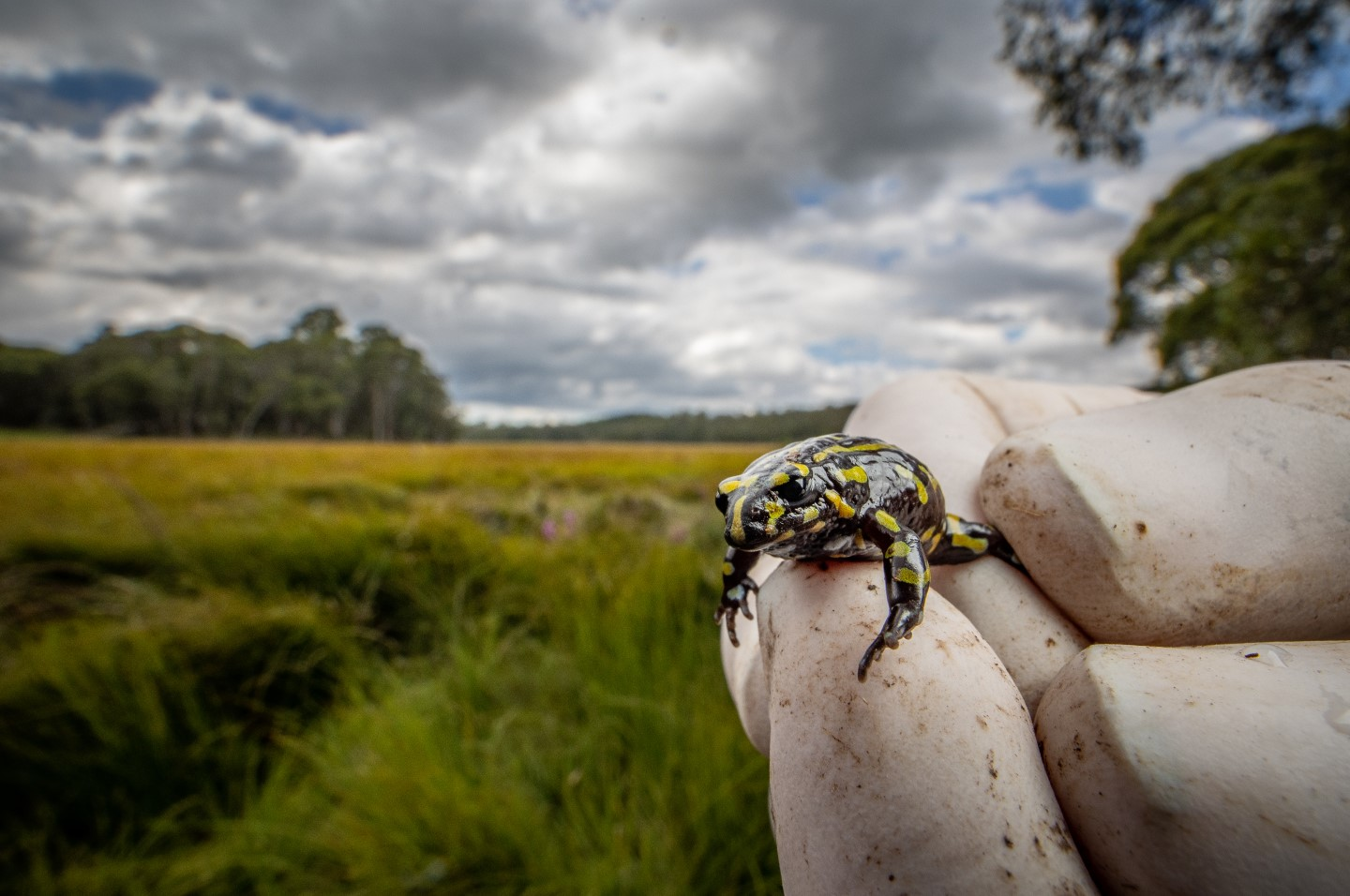
A northern corroboree frog (Pseudophryne pengilleyi)closeClose description. IMAGE: Alex Pike/DCCEEW
Ecologist Dr Jo Ocock, a Project Officer with NSW National Parks and Wildlife Service, agrees.
She’s been monitoring the Marshes for years and said the diversity of frog species found there is impressive.
“The Marshes support at least 14 or 15 different species of frogs,” she said.
“It’s quite high diversity when you think you’re in such a semi-arid area.
"It’s because of these mostly permanent, marshy wetland habitats.”
Among the species are green tree frogs, Peron’s tree frogs, burrowing frogs, and water-holding frogs that lie dormant underground until rain or flooding draws them out.
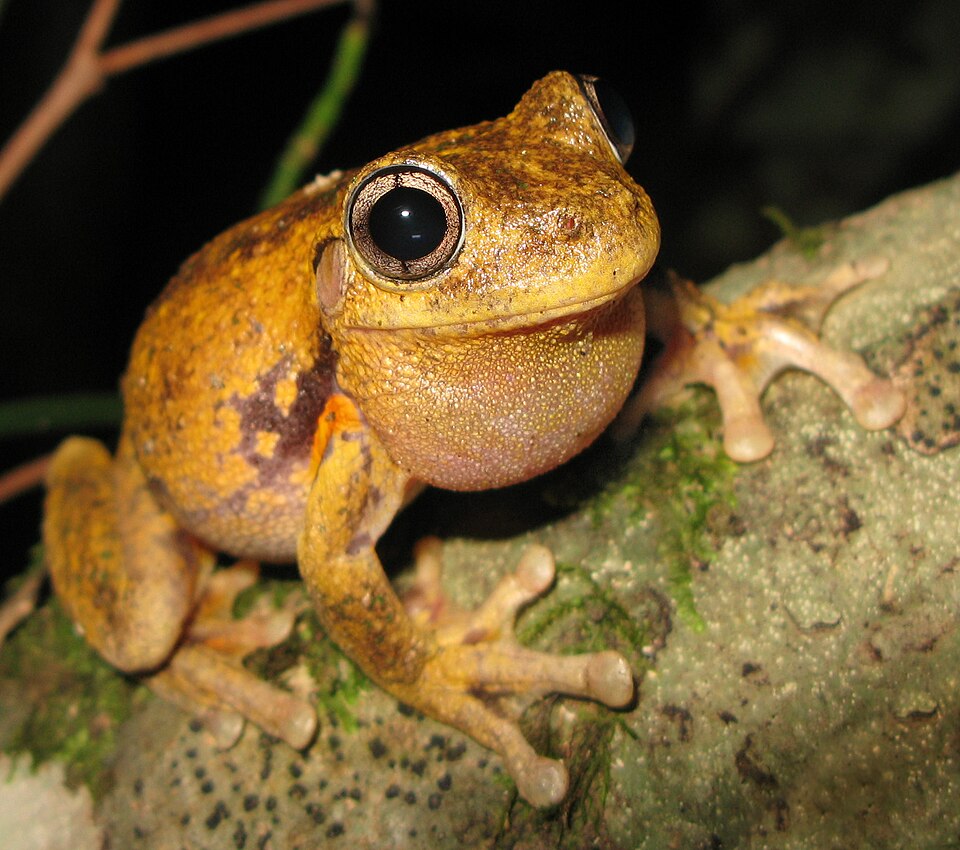
The Peron's tree frog is one of many species found in the Macquarie Marshes and has the ability to change colour in less than one hour!
“There’s a group of frogs that are really reliant on water, they dry out really easily, live on the ground, and have quite a long tadpole development period,” Dr Ocock said.
“But they’re totally fine because this super-productive wetland supports them in high abundance.
“In the Marshes, you’ve got almost permanent areas of water, then temporary areas that need flooding.
"And when it rains, you also get these short-lived rainfall wetlands.
"So, there’s a bunch of frogs that just think those are great as well.”
Dr Ocock leads frog monitoring surveys in spring and summer, allowing researchers to track breeding and recruitment (the successful development of tadpoles into juvenile frogs).
“The longer the water can persist in the landscape, the more chance frogs have to finish – go from tadpoles to being adults,” she said.
“You’ve got this incredible noise through the landscape.
"It’s almost like an orchestra.
“You can have these nights where there’s 10 or 12 different species all calling at the same time.”
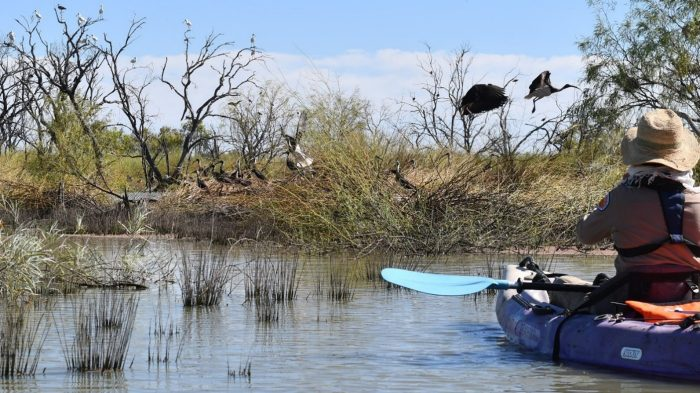
Dr Joanne Ocock, monitoring Straw-necked Ibis colony, January 2023. IMAGE: Pat Johnston Source: UNSW
From a water management perspective, Mr Johnson said the CEWH collaborates closely with landholders, scientists, and state agencies to ensure each environmental watering event is carefully
planned and monitored.
“We want to know: is the water getting to the right places?" he said.
"Are we getting the responses that we expected – frogs calling, waterbirds breeding, vegetation recovering?”
“That’s why the science is so important.”
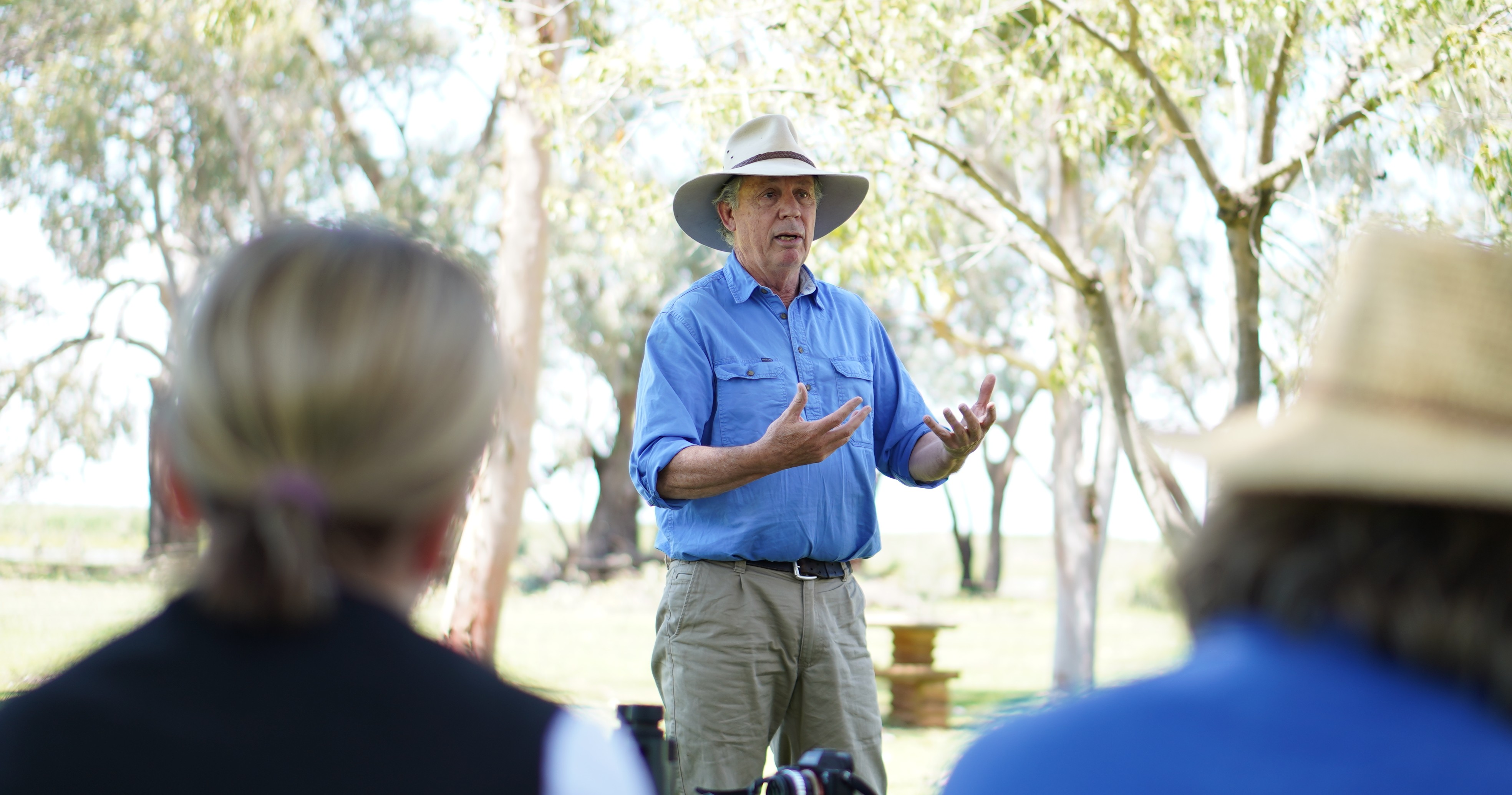
Bill Johnson during a Murray Darling Basin Commission visit to the Marshes in October 2024. IMAGE: Coonamble Times.
While none of the frog species in the Marshes are currently threatened, both experts agree that supporting their breeding through water delivery is essential to maintain healthy populations, especially
with climate variability and changes in river management.
For both Mr Johnson and Dr Ocock, frogs are not only a symbol of success but a key part of the food web.
And while frogs are a fascination, their presence also signals broader ecosystem health.
“They’re such an important food source,” said Dr Ocock.
“Lots of frogs means lots of snakes, waterbirds, even fish.
"Tadpoles are just straight proteins and fats.
"They’re a critical part of the food web.”
